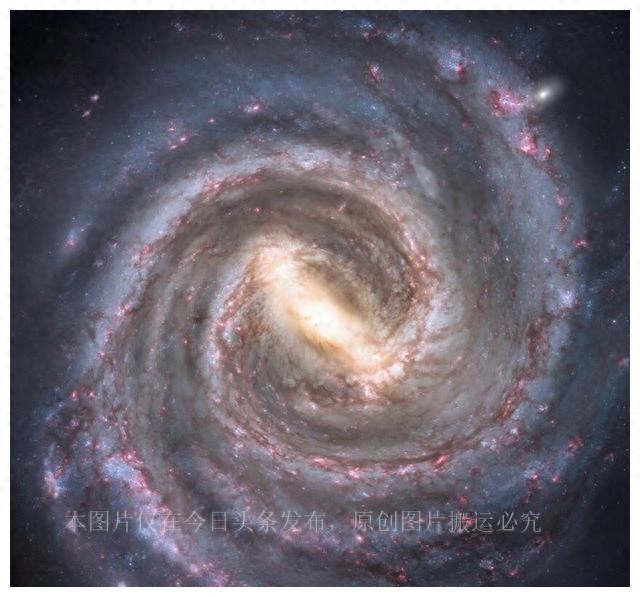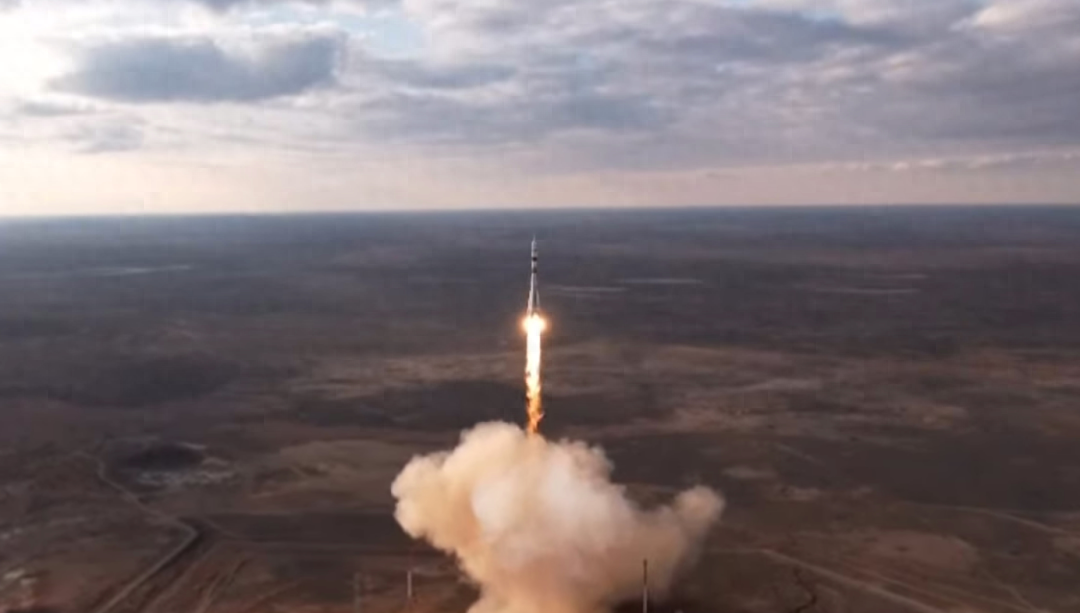The Milky Way is so large that humans despair, but it is just a grain of sand in the Raniacea supercluster
In the vast expanse of space, there exists a silently advancing probe named "Voyager 1". This artificial object is the farthest from Earth and has traversed a distance of 23 billion kilometers in the universe
In the vast expanse of space, there exists a silently advancing probe named "Voyager 1". This artificial object is the farthest from Earth and has traversed a distance of 23 billion kilometers in the universe. Since its launch in 1977, it has been silently advancing. However, it will take a long time to truly break free from the constraints of the solar system. This makes us wonder how far away is the vastness of the universe?
If we compare the solar system to a large courtyard, to fly out of it, we first need to cross the "Oort Nebula" that surrounds it. The diameter of this nebula is approximately 1 light-year, equivalent to 9.46 trillion kilometers.

The current speed of Voyager 1 is only 17 kilometers per second. Even without considering the deceleration of solar gravity, it would take a full 19000 years to fly over the Oort Nebula.
But even if the solar system is huge, the Milky Way is a despairing existence. The Milky Way has between 200 and 400 billion stars, with a diameter of approximately 185000 light-years. Even if we can fly at the speed of light, it will take hundreds of thousands of years to cross the Milky Way.
However, at a more macroscopic level in the universe, the Milky Way is only a negligible part. It forms the local galaxy group along with other galaxies such as the Andromeda galaxy and the Triangle galaxy, spanning approximately 10 million light-years.

The Milky Way is second only to the Andromeda galaxy in this structure.
At a more macroscopic level, the local galaxy group and approximately 100 galaxy clusters form the Virgo supercluster. The Virgo Galaxy Cluster is the largest among them. This galaxy cluster contains over 2000 galaxies, making the local galaxy group where the Milky Way is located appear insignificant.
However, the span of the Virgo supercluster reaches 110 million light years, which is an impressive number even at the scale of the entire observable universe. However, surprisingly, it is only a part of a larger structure called the Raniacea supercluster.

The Raniacea supercluster spans 520 million light years and has 300 to 500 galaxy clusters, including approximately 100000 galaxies. In such a massive structure, the Milky Way appears insignificant, like a grain of sand in the Raniacea supercluster.
It should be noted that the images we usually see about the Raniacea supercluster may not be entirely accurate. These images typically display the position and material density of galaxies, as well as the velocity streamlines in the universe. But the true range of the Raniacea supercluster is usually represented by larger orange coils.

The galaxies within this supercluster all move in one direction, and scientists have named this gravitational source the 'giant attraction source'. However, there is no definitive answer to the question of why the giant attraction source has such strong gravity, but there is a relatively common view that this may be caused by the superposition of gravitational effects of nearby giant structures.
In the end, facing the vastness of the universe, human dreams seem insignificant. The size of the Milky Way is already enough to make us feel hopeless, let alone the Raniacea supercluster. What is the future of humanity in the universe?

Disclaimer: The content of this article is sourced from the internet. The copyright of the text, images, and other materials belongs to the original author. The platform reprints the materials for the purpose of conveying more information. The content of the article is for reference and learning only, and should not be used for commercial purposes. If it infringes on your legitimate rights and interests, please contact us promptly and we will handle it as soon as possible! We respect copyright and are committed to protecting it. Thank you for sharing.(Email:[email protected])














